New organizational structure deepens Northeastern’s commitment to lifelong learning in a global university network
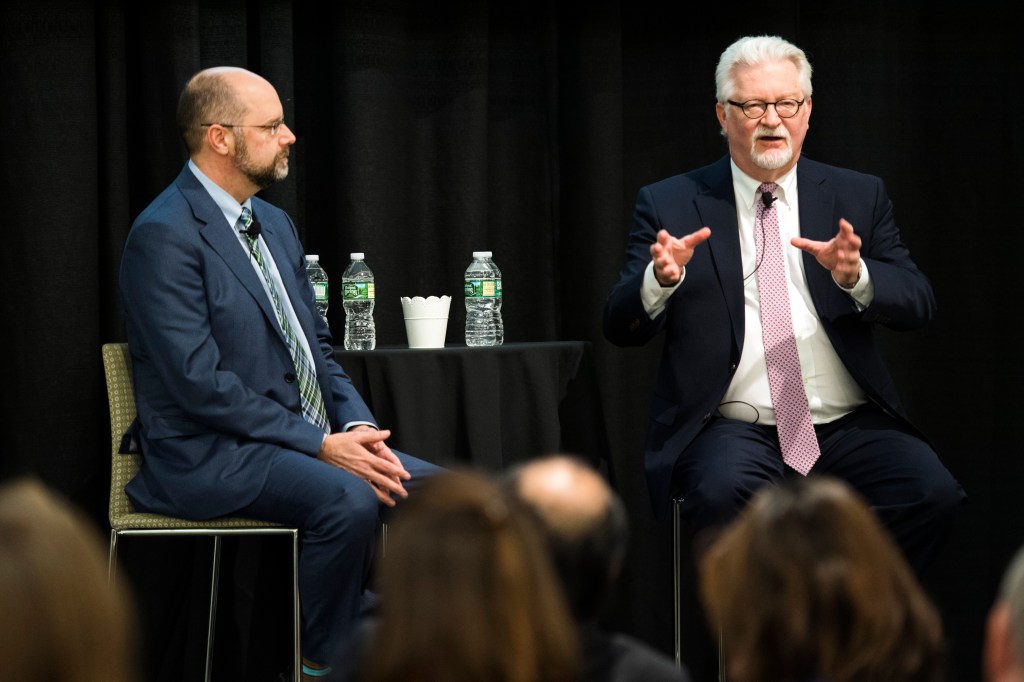
Northeastern provides an integrated, holistic approach to learning that happens anywhere, at any time, throughout students’ lives. And now it’s pushing that mission into the next gear with a new organizational structure. That’s what Provost James C. Bean and Chancellor Ken Henderson told faculty and staff at a town hall-style meeting on Friday.
The meeting in the Interdisciplinary Science and Engineering Complex was the second of two such gatherings to discuss Northeastern’s reorganization. Faculty and staff across Northeastern’s global university system—which includes campuses in Boston; Charlotte, North Carolina; the San Francisco Bay Area; Seattle; Toronto; London; and the Massachusetts communities of Burlington and Nahant—joined the conversation via livestream at both meetings.
“The driver for us, in this organizational change, is to meet the goals of Northeastern 2025,” said Henderson, who earlier this year was named chancellor and senior vice president for learning, after serving as dean of the College of Science since 2016.
Bean, the university’s chief academic officer, leads all of the university’s colleges and schools, and oversees its research enterprise. Bean also leads academic affairs, academic finances, and information technology, and chair the Faculty Senate.
In his new role, Henderson oversees undergraduate and experiential learning, student affairs, enrollment management, digital and mobile learning, lifelong learning at all the campuses throughout the university system, and the university’s PhD Network.
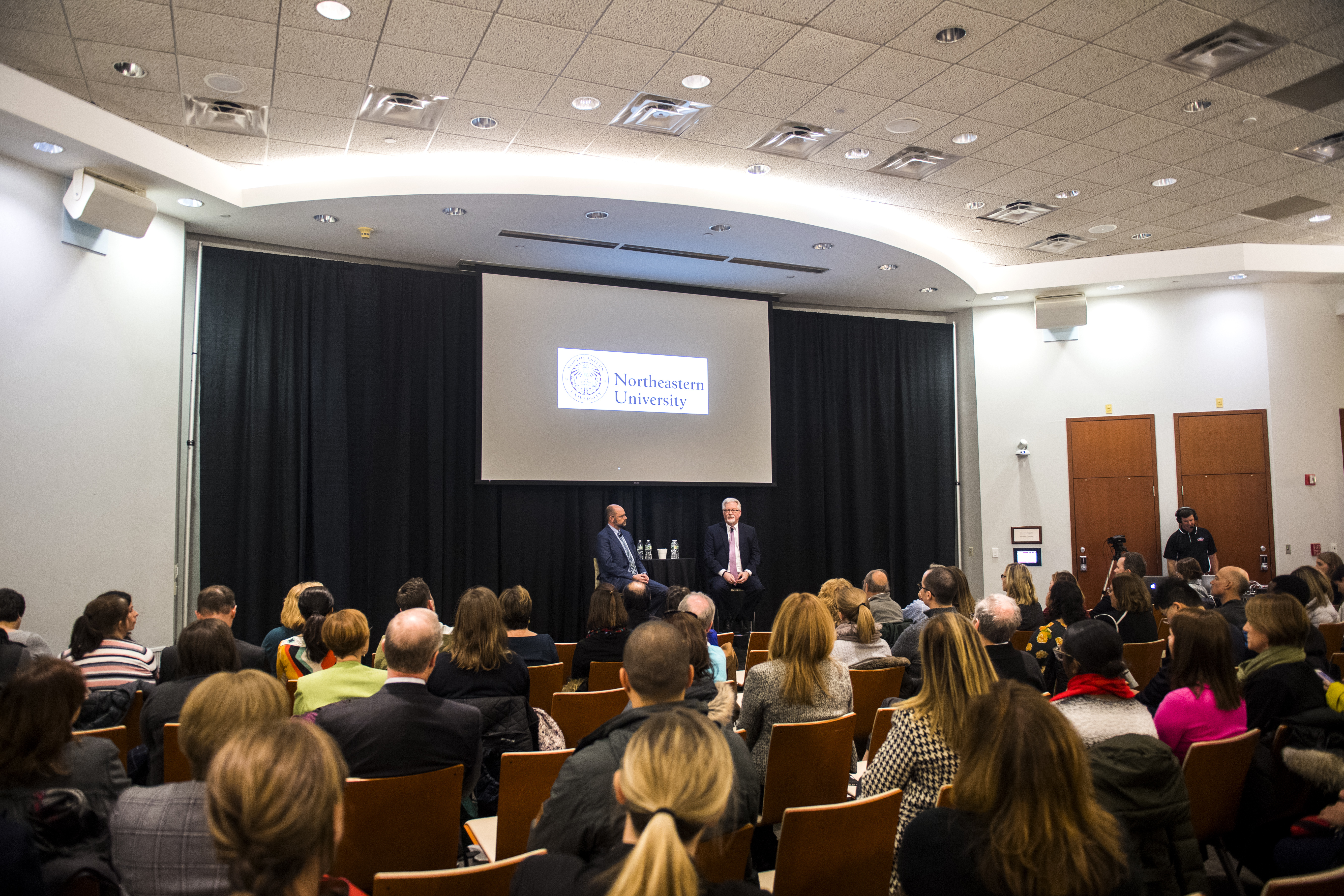
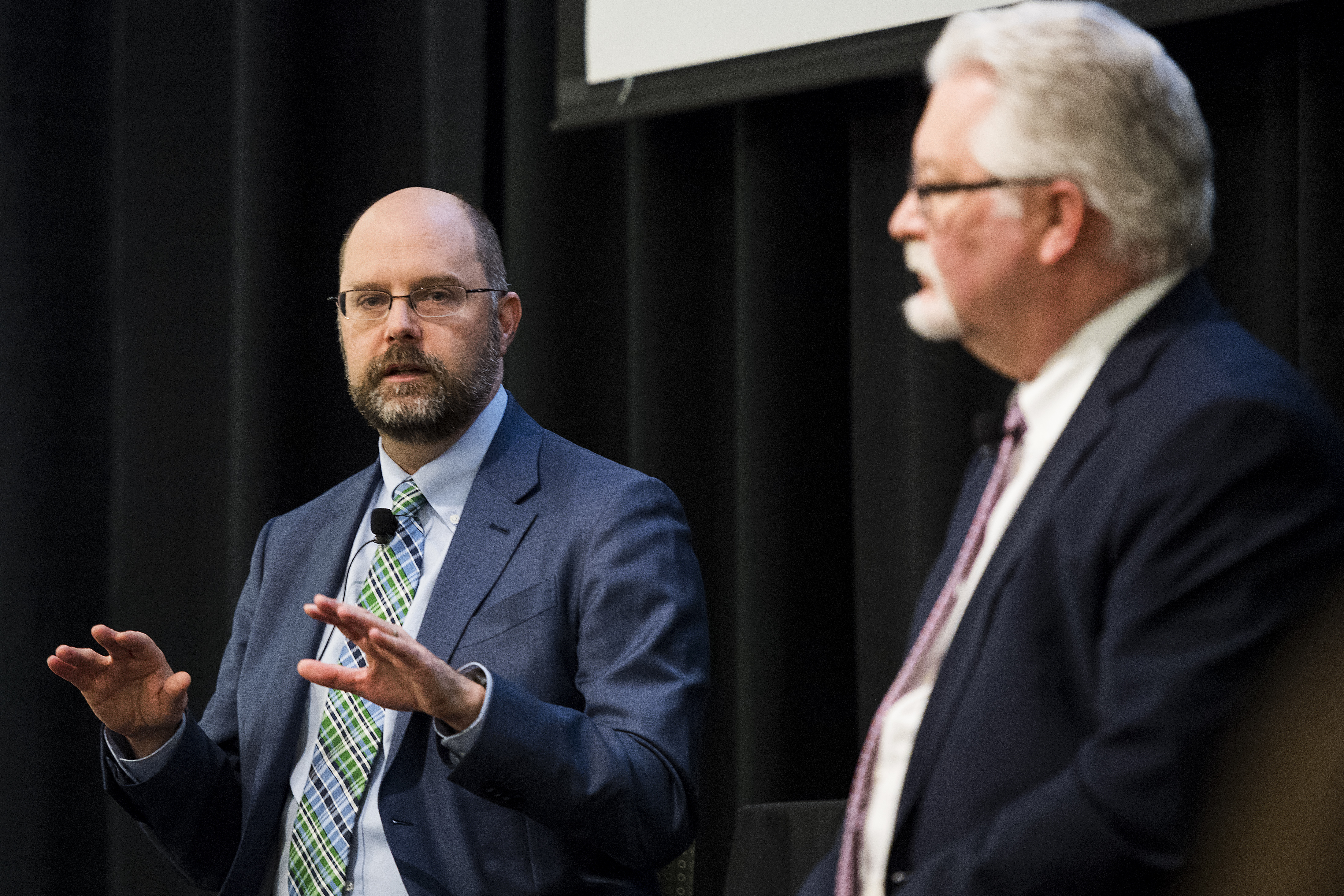
Henderson described the chancellor’s office as “a student-centric organization that is an enabler and a partner to the colleges.”
Bean emphasized at both town hall-style meetings that the reorganization is not meant to reduce the number of employees at the university.
“It’s not because there was a big problem we were trying to fix,” he said. “It’s more like we accelerated to the top gear, and we had to shift to speed up.”
President Joseph E. Aoun announced the organizational changes in January, writing to faculty and staff that a key facet of Northeastern 2025 is “an integrated, holistic approach to learning that is lifelong.” He wrote that learning happens anytime and anywhere, and increasingly students’ learning experiences are happening around the world through Northeastern’s global university system.
“To strengthen and expand this learning continuum, we will organize ourselves in a way that integrates our educational infrastructure—from the moment of undergraduate enrollment all the way to experiential PhDs and lifelong learners,” Aoun wrote.
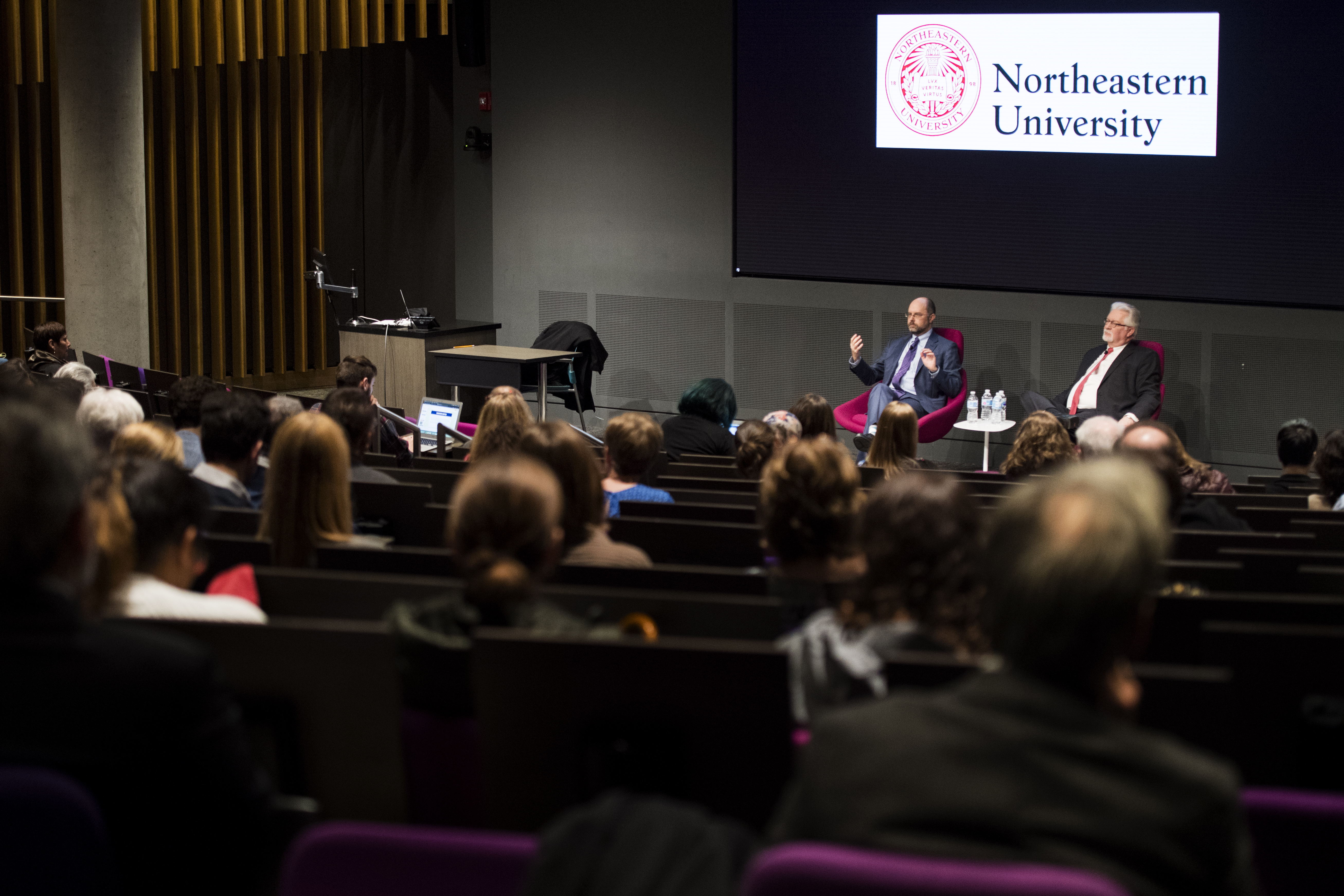
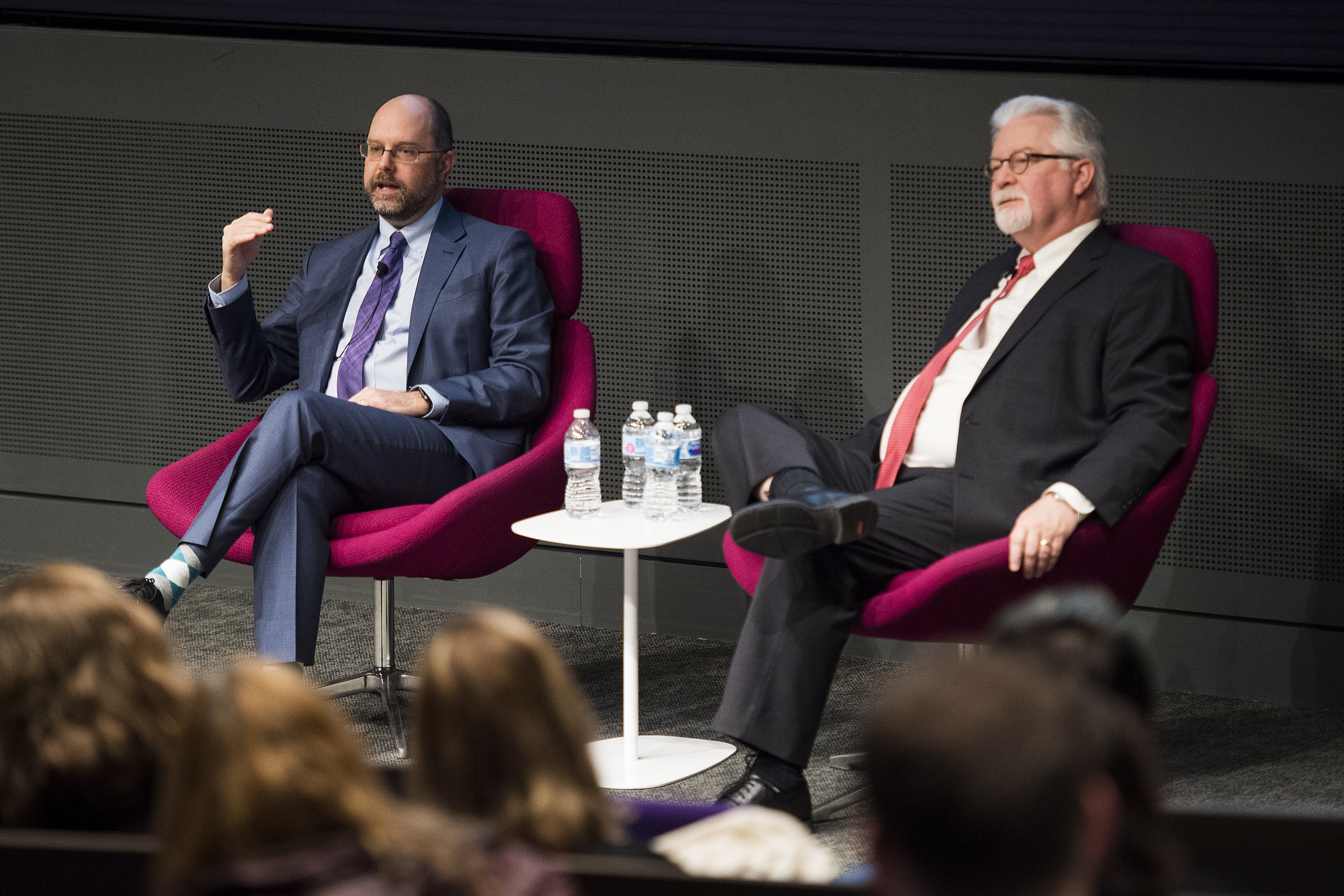
Northeastern’s focus on lifelong learning comes at a time when changes in the global economy—driven in large part by advancements in artificial intelligence and machine learning—will require people to continue learning new skills throughout their lives.
“In the modern world it’s just going to be continuous learning,” Bean said at the first meeting.
Northeastern has developed programs and initiatives in recent years that advance lifelong and global learning, create new academic pathways for learners, and help people to acquire new skills and earn micro-credentials.
The university has launched an entrepreneurship program through which students spend a semester in Silicon Valley, and won a grant from the National Science Foundation to start another program that puts students on a fast track to earning associate, bachelor’s, and master’s degrees in biotechnology. The university’s Align program provides students who did not study computer science in college, or do not have experience in programming, with the opportunity to earn a master’s degree in computer science. Northeastern has also developed a learning tool, SAIL, to help students get the most out of their learning experiences in class, on co-op, and in their lives.
At both meetings in March, Henderson and Bean fielded questions from faculty and staff to gather feedback on the reorganization. There is also a website where faculty and staff can learn more and provide comments.
One person in London asked what was perhaps the most important question of the morning: He asked the pair what the most fun parts of their jobs were.
Bean responded that reading through the dossiers of professors applying for tenure or promotion was an enjoyable way “to really see the depth of scholarship in our schools and colleges.”
“Our faculty are some of the premier scholars in the world,” he said.
The most fun part for Henderson?
“Building environments for other people to succeed,” he said.
For media inquiries, please contact media@northeastern.edu.





